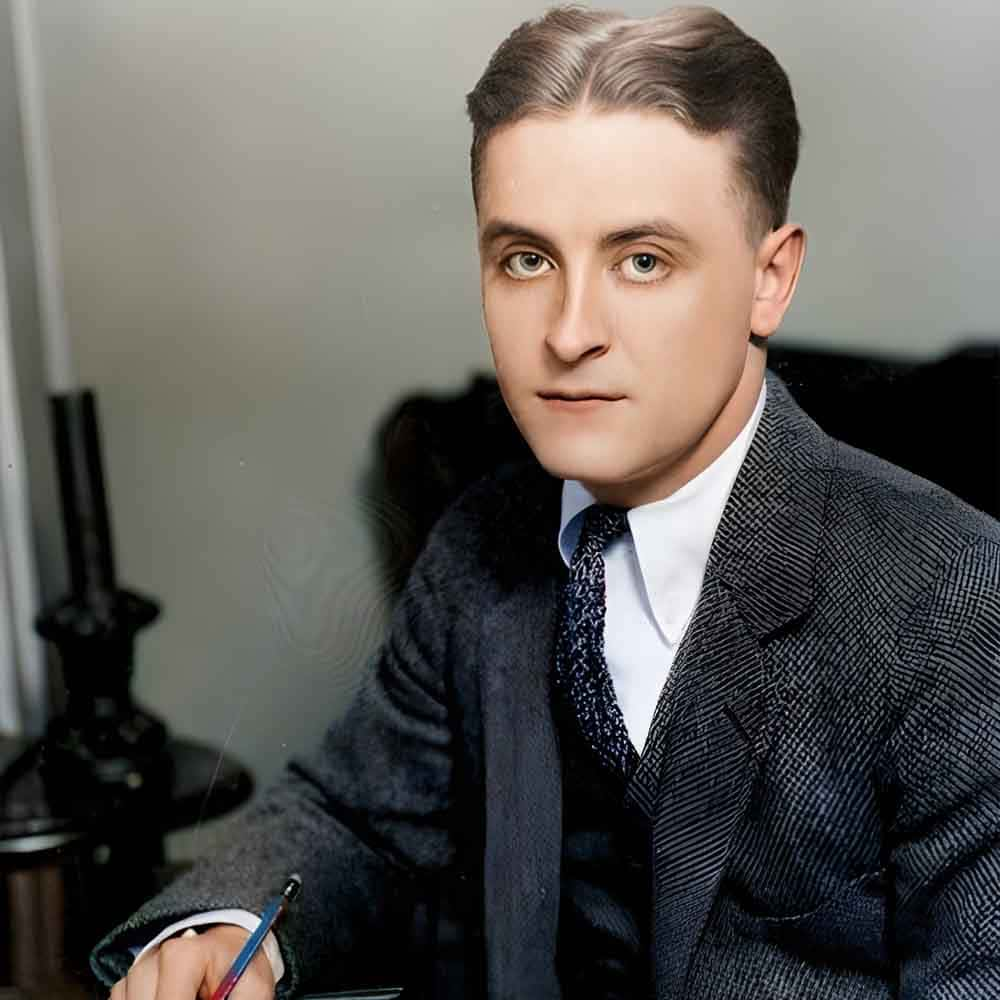Journal Entry #3: Biographical and Historical Context
F. Scott Fitzgerald, was born in September of 1896, in Saint Paul, Minnesota, and was a distinguished American novelist best known for his vivid portrayal of the Jazz Age and his examination of the American Dream. His life was shaped by both personal and professional struggles. Coming from a humble background, Fitzgerald attended Princeton University and rose to fame with his debut novel, "This Side of Paradise". However, it was "The Great Gatsby" that firmly established him as a key figure in American literature.
Fitzgerald’s personal experiences, especially his turbulent marriage to Zelda Sayre, who faced mental health challenges, deeply influenced his writing. Their relationship was marked by instability, emotional struggles, and alcoholism. These personal hardships shaped Fitzgerald’s interpretation of the American Dream, a theme central to *The Great Gatsby*. His characters, particularly Gatsby and Nick Carraway, reflect his own struggles with ambition, dissatisfaction, and longing for something greater.
Fitzgerald wrote *The Great Gatsby* in the 1920s, a decade defined by the Jazz Age. This period was marked by significant social and economic changes, particularly in urban centers like New York. Following World War I, there was a drastic shift in societal norms, with a boom in consumer culture. The decade also saw advances in women's rights and a mix of optimism and cynicism. The expansion of the stock market and more accessible credit contributed to a time of indulgence and materialism.
Despite its outward glamour, the 1920s was also a time of disillusionment. The aftermath of World War I led many to question previously held values. Fitzgerald’s characters in *The Great Gatsby* reflect this disillusionment as they pursue wealth and social standing, only to realize that these goals fail to bring lasting happiness or fulfillment.
Set in the summer of 1922, "The Great Gatsby" captures the essence of the Jazz Age. The story takes place in the fictional towns of East Egg and West Egg, which represent different social classes; East Egg symbolizes old money, while West Egg is home to new money, exemplified by Gatsby. This contrast highlights the social divisions of the time, as well as the tension between tradition and modernity.
The novel’s setting in New York City and Long Island reflects the era’s social dynamics, particularly the division between the wealthy and the rest of society. Gatsby’s luxurious parties, Daisy’s idealized beauty, and Tom’s raw power illustrate the excesses of the Jazz Age. However, Fitzgerald critiques this materialism by exposing the moral decay beneath the surface of wealth and luxury. The 1920s, marked by both social upheaval and materialism, is depicted as a time of both allure and emptiness, especially in relation to the pursuit of the American Dream.
Sources:
Research - https://www.britannica.com/biography/F-Scott-Fitzgerald
The Book - https://www.planetebook.com/free-ebooks/the-great-gatsby.pdf
Images - Google.ca (searched authors name and picked a photo I liked)

Comments
Post a Comment